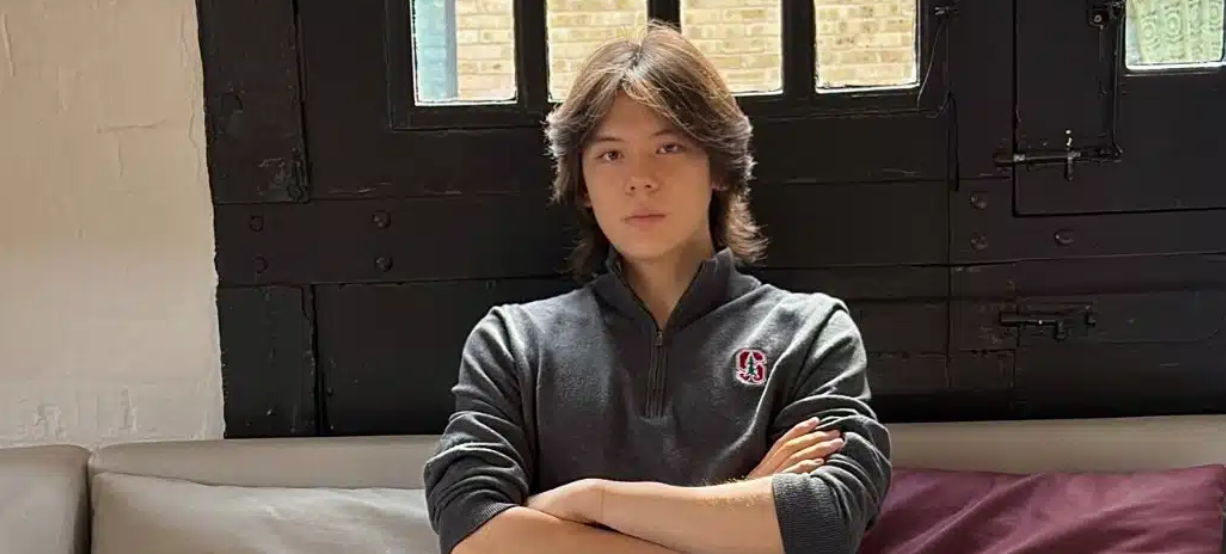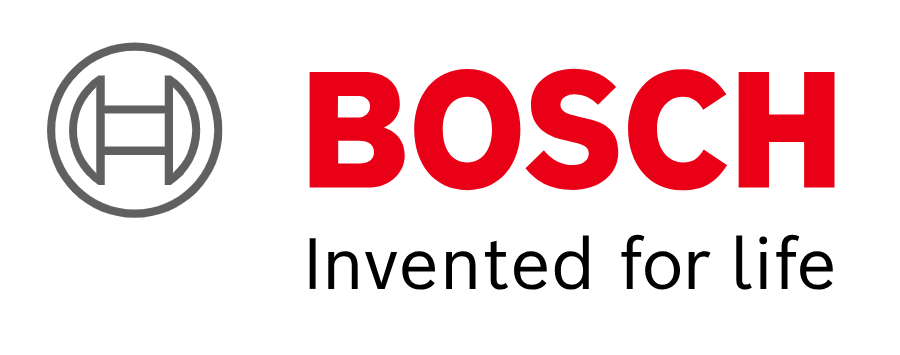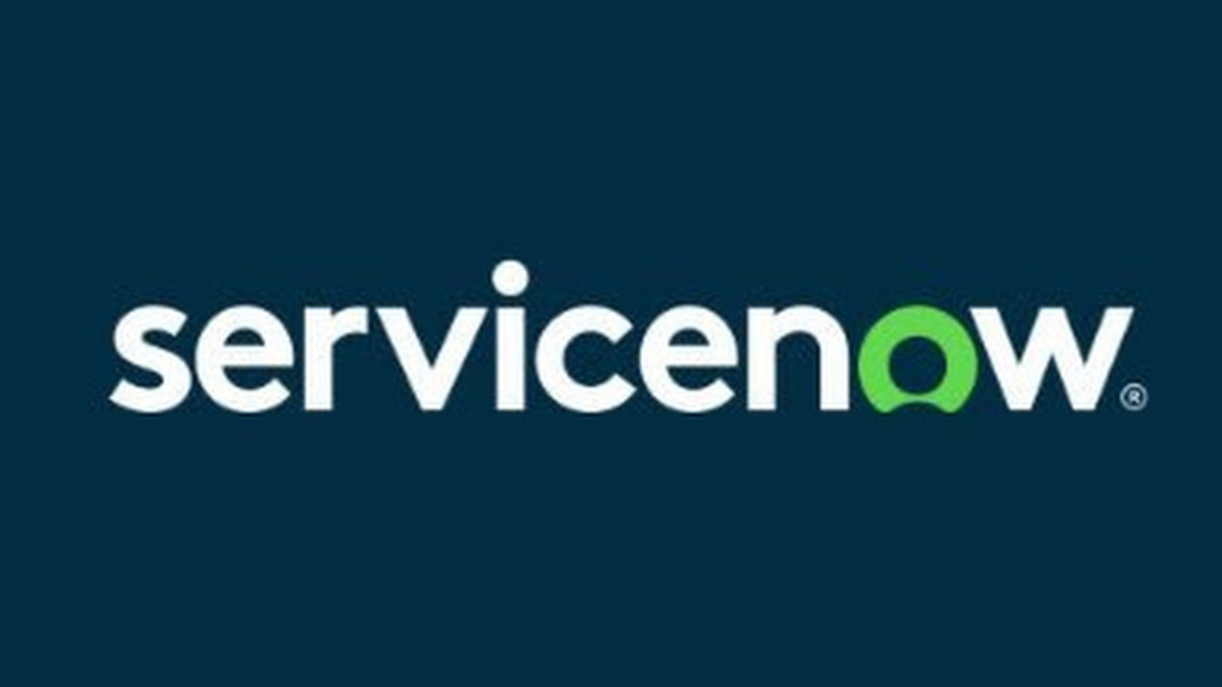Insider Brief
- Tesla unveils the Cybercab at the We, Robot event, aiming to enter the robotaxi market by 2026.
- The Cybercab will be priced under $30,000 and operate at 20 cents per mile using inductive charging.
- Musk highlighted Tesla’s use of AI and camera-based systems, avoiding lidar for cost efficiency.
- Image: Tesla.
Tesla Inc. (TSLA.O) CEO Elon Musk showcased the company’s latest venture into autonomous vehicles with the reveal of the “Cybercab,” a two-door robotaxi lacking a steering wheel or pedals, slated for production in 2026. Priced under $30,000, the vehicle marks a strategic pivot for Tesla as it looks to shift focus from mass-market electric vehicles to self-driving robotic solutions, according to Reuters and other media outlets.
“We’ll move from supervised Full Self-Driving to unsupervised Full Self-Driving. where you can fall asleep and wake up at your destination,” Musk said, as reported by AP. “It’s going to be a glorious future.”
At the event, titled “We, Robot” and held at Warner Bros. studios, Musk emphasized the Cybercab’s reliance on artificial intelligence and camera-based systems, opting against lidar—a sensor technology used by competitors like Alphabet’s Waymo. Industry experts have previously noted that Tesla’s camera-centric approach faces technical and regulatory challenges, particularly concerning safety and reliability, Reuters reports. Despite this, Musk claimed the technology would be “10 times safer than humans” and could extend the vehicle’s operational lifespan significantly.
Aiming for Low Operating Costs
Musk outlined plans to keep operating costs for the Cybercab at 20 cents per mile, citing inductive charging technology that eliminates the need for traditional plug-in systems. He also revealed a new “robovan” concept, capable of carrying up to 20 passengers, though additional details were sparse, several critics noted. The robovan is also expected to offer low per-mile costs, potentially as little as five cents, according to Musk.
Musk’s optimistic timeline for scaling production and overcoming regulatory hurdles remains uncertain. The CEO’s history of setting aggressive targets without delivering on time raises skepticism among analysts and investors.
“”I’m a shareholder and pretty disappointed. I think the market wanted more definitive timelines,” commented Dennis Dick, an equity trader at Triple D Trading, as reported by Reuters. “He didn’t say much about anything.”
Other analysts said the reveal was a step in the right direction.
“If they’re going to eventually get to robotaxis, they first need to have success with the unsupervised FSD at the current lineup,” Seth Goldstein, equity strategist at Morningstar Research, told AP. “Tonight’s event showed that they’re ready to take that step forward.”
Challenges Ahead for Autonomous Vehicles
Despite the flashy presentation, industry observers caution that Tesla’s ambition to roll out robotaxis faces significant obstacles. Safety remains a primary concern, especially in complex driving scenarios involving weather, pedestrian behavior and intersections. Previous accidents involving Tesla’s Full Self-Driving (FSD) system have led to legal scrutiny and raised doubts about the company’s ability to scale its autonomous technology safely.
In his address, Musk claimed that Tesla would begin testing fully autonomous, unsupervised FSD capabilities in Texas and California as early as next year with existing Model 3 and Model Y vehicles. However, he did not specify whether the new Cybercab would use the same technology or a modified version.
A Broader Strategy on AI and Robotics
During the event, Musk framed Tesla’s future as an AI-driven company, underscoring his broader vision for robotics, according to Reuters. The Cybercab and robovan fit within this strategy, but Tesla also highlighted its humanoid robot, “Optimus.” Priced between $20,000 and $30,000, Optimus aims to perform basic daily tasks, signaling Tesla’s intent to expand its robotics offerings beyond vehicles.
“The autonomous future is here,” Musk said at the event, advocating for a shift where Tesla’s AI-driven technology becomes safer and more convenient for user, adding “With autonomy, you get your time back.”
The presentation, watched by nearly four million viewers on Musk’s social media platform, X, aimed to strengthen Tesla’s image as an innovator in AI and robotics.
Competitive and Regulatory Landscape
Tesla faces stiff and increasingly entrenched competitors in the robotaxi space, including Alphabet’s Waymo and Amazon’s Zoox, continue to invest heavily in their fleets. Waymo, for example, operates over 700 vehicles that are currently collecting fares, while Zoox is testing purpose-built, driverless vehicles. Meanwhile, General Motors’ Cruise division has paused its development of a fully autonomous vehicle without manual controls.
Analysts suggest Tesla’s decision to avoid lidar may keep costs down, but it remains an open question whether the AI-driven camera systems can achieve the necessary safety benchmarks to gain regulatory approval.
“Musk painted an ideal future,” said Jessica Caldwell, an analyst at Edmunds, reports Reuters, “but many questions remain about how this will be achieved from a practical standpoint.”
Tesla’s previous attempt to launch robotaxis by 2020, announced in 2019, never materialized. Instead, the company shifted focus, abandoning plans for a smaller, more affordable vehicle seen as essential for maintaining market growth. With Cybercab’s development now underway, Tesla aims to re-establish its presence in the autonomous vehicle sector.
Economic and Market Implications
Tesla’s shift toward autonomous vehicles comes as the company faces potential delivery declines and narrowing profit margins. Despite recent price cuts to counter high interest rates, the company has struggled to maintain demand for its existing electric vehicle lineup. The Cybercab and robovan may serve as efforts to revitalize interest and investment in Tesla’s AI-driven technology, even as the firm battles challenges in scaling production and gaining regulatory approval.
If successful, the Cybercab could become a low-cost autonomous option in the robotaxi market, competing directly with Waymo and Zoox. However, the timeline for such deployment remains uncertain, and experts predict that establishing a profitable robotaxi service will take years as safety, technical, and regulatory hurdles persist.






